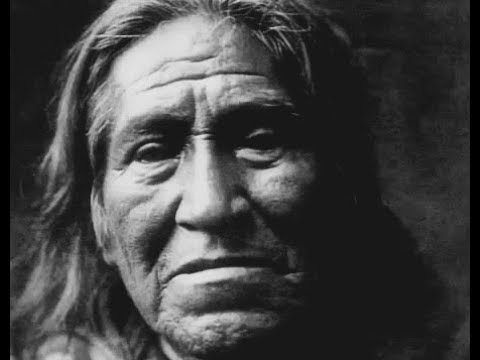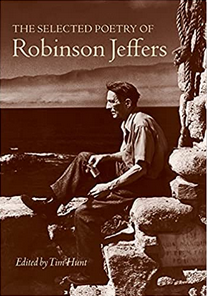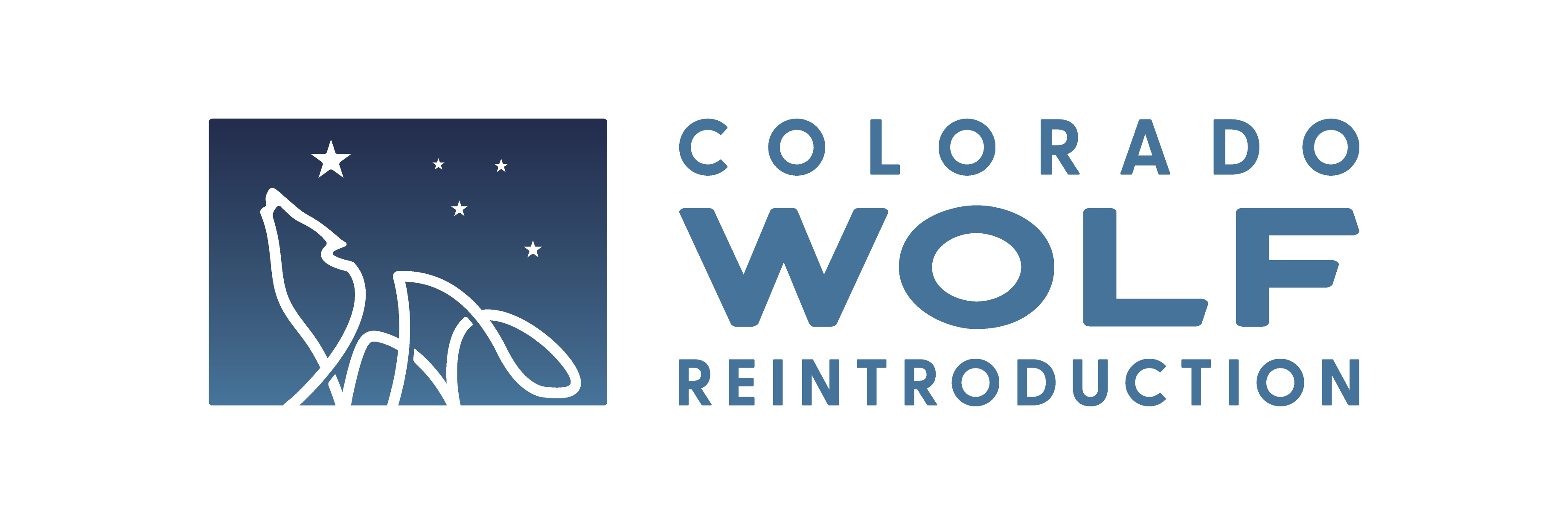
“What is man without the beasts?
If all the beasts were gone, man would die from a great loneliness of spirit. For whatever happens to the beasts, soon happens to man.
All things are connected.”

A Sand County Almanac
“Thinking Like a Mountain” (Pp 129-133) includes his narrative of killing a wolf and recognizing, later on, that killing predators was wrong. “We reached the old wolf in time to watch a fierce green fire dying in her eyes. I realized then and have known ever since that there was something new to me in those eyes, something known only to her and to the mountain. I was young then and full of trigger-itch; I thought that because fewer wolves meant more deer, that no wolves would mean hunters’ paradise. But after seeing the green fire die, I sensed that neither the wolf nor the mountain agreed with such a view…Only the mountain has lived long enough to listen objectively to the howl of the wolf.”

“If the land mechanism as a whole is good, then every part is good, whether we understand it or not. If the biota, in the course of aeons, has built something we like but do not understand, then who but a fool would discard seemingly useless parts? To keep every cog and wheel is the first precaution of intelligent tinkering.”

The Bloody Sire
It is not bad. Let them play.
Let the guns bark and the bombing-plane
Speak his prodigious blasphemies.
It is not bad, it is high time,
Stark violence is still the sire of all the world’s values.
What but the wolf’s tooth whittled so fine
The fleet limbs of the antelope?
What but fear winged the birds, and hunger
Jewelled with such eyes the great goshawk’s head?
Violence has been the sire of all the world’s values.
Who would remember Helen’s face
Lacking the terrible halo of spears?
Who formed Christ but Herod and Caesar,
The cruel and bloody victories of Caesar?
Violence, the bloody sire of all the world’s values.
Never weep, let them play,
Old violence is not too old to beget new values.

The Outermost House, 1928
We need another and a wiser and perhaps a more mystical concept of animals. Remote from universal nature, and living by complicated artifice, man in civilization surveys the creature through the glass of his knowledge and sees thereby a feather magnified and the whole image in distortion. We patronize them for their incompleteness, for their tragic fate of having taken form so far below ourselves. And therein we err, and greatly err. For the animal shall not be measured by man. In a world older and more complete than ours they moved finished and complete, gifted with extensions of the senses we have lost or never attained, living by voices we shall never hear. They are not brethren, they are not underlings; they are other nations, caught with ourselves in the net of life and time, fellow prisoners of the splendour and travail of the earth.
-Henry Beston (1888-1968)

What can wolves do for you?
Perhaps Chief Seattle said it best: “What is man without the beasts?
If all the beasts were gone, man would die from a great loneliness of spirit. For whatever happens to the beasts, soon happens to man.
All things are connected.”
In this time of calamitous, precipitous loss of biodiversity, Colorado has the opportunity to take one baby step toward conserving it by restoring wolves. . Read More

The Last Great Restoration: How Colorado Chose to Live With Wolves by Scott Willoughby in Red Canary Magazine
The geographic connection between where I live in Western Colorado and where I am going fishing rises up from the pastoral Paradise Valley north of Yellowstone National Park to the Rocky Mountain spires surrounding it. Along this great spine of mountains reaching north into Alaska and south through New Mexico is where we find much of what’s left of American wilderness. Over the past few decades, though, Montana has been made a little wilder in a way that Coloradans have only recently begun to take halting steps toward. And now, a reckoning is on the horizon. Read More

Why have wolves failed to gain a foothold in Colorado? by Paige Blankenbeuhler in High Country News
In the early days of October 2020, a soft breeze blew across Cold Spring Mountain, rustling the sagebrush and aspen groves. Three prominent conservationists camped near the weathered land marker that identified the junction of Utah, Colorado and Wyoming, hoping to hear something that had long been absent from this landscape: the howling of a pack of wolves. Read More

Thoughts on Wolf Reintroduction by Colorado Rancher Jay Fetcher
Although I would like to see wolves back in Colorado to balance ecological systems, I don’t think reintroduction is the best way for this to happen…Read More

Moonlight at 11,500 – writing by Emma Haubert. Inspired by Dan Young’s Artwork
The night sky sets a heavy gloom upon the valley, leaving me feeling empty and alone with no hope of surviving the evil night. As the fire dies, the moon rises. The blue of the river turns clear and the water flows freely to the other side of the mountains. The tall mountains mock me for how small I am, holding no power while they rule the valley, trapping me, depriving me of freedom. The sounds of the forest behind me scare me, what looms beyond the shield of trees. The howl of a wolf brings me back to my senses letting me know I am not alone, not alone in this fight for survival. The wind comes and blows the last flame in fire out, because without the wind, my flame could have turned into a fire, burning down everything, losing control. As the wind slows and my thoughts pass, I see it, I see the other fire across the river, probably making the same journey I have to return from. My fight will end in this valley, the fight for life, because my push is turning into death pulling. The moon is leaving though it seems like it just arrived, the light is gone, gone forever, not for everyone, just for me.

